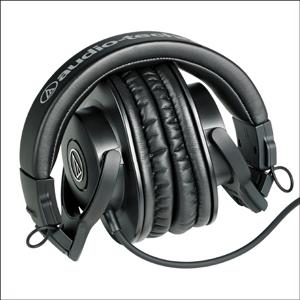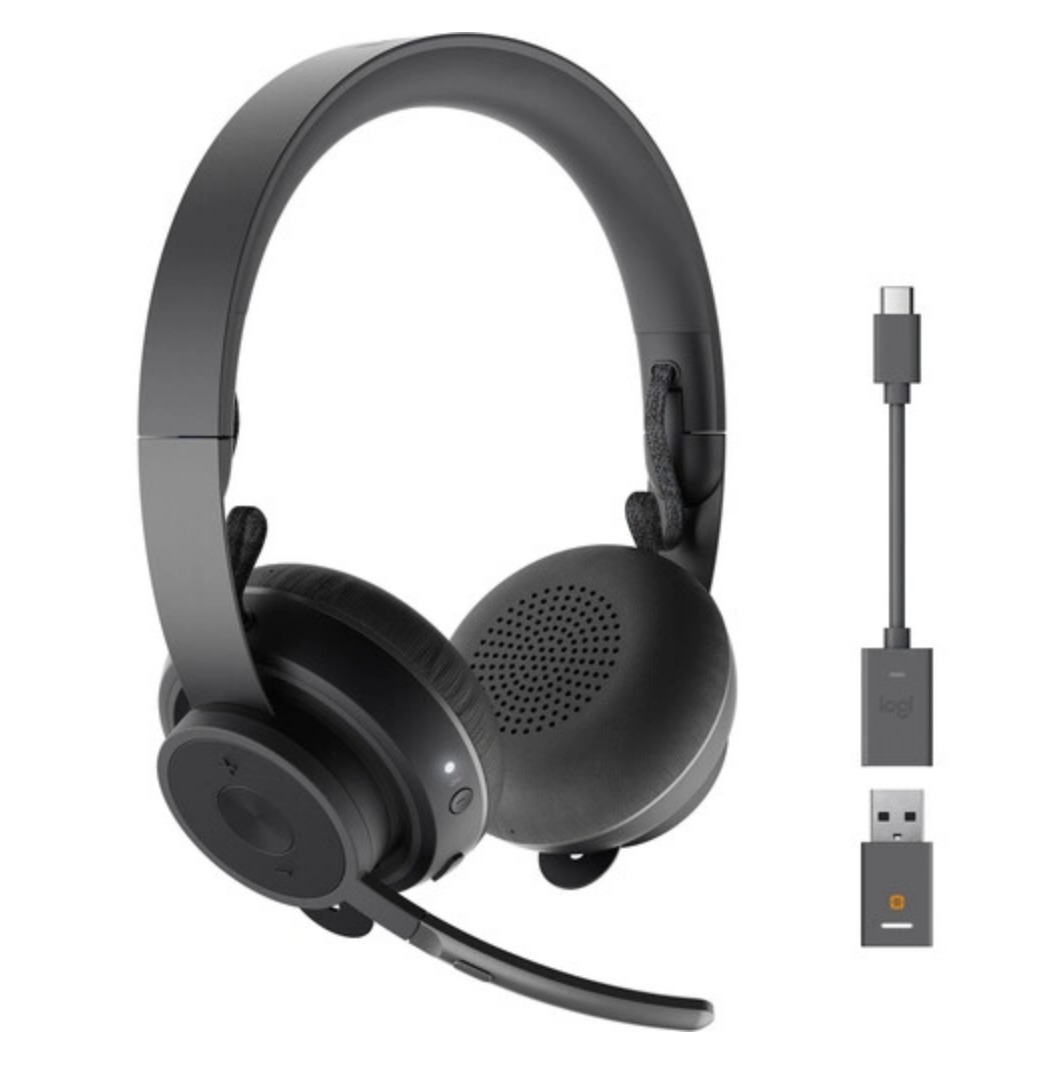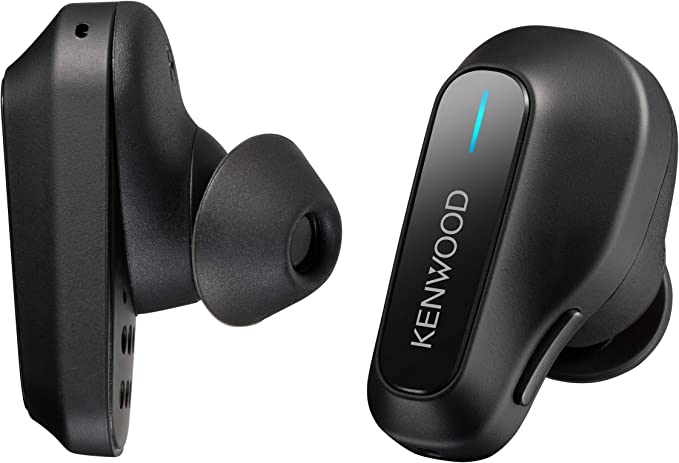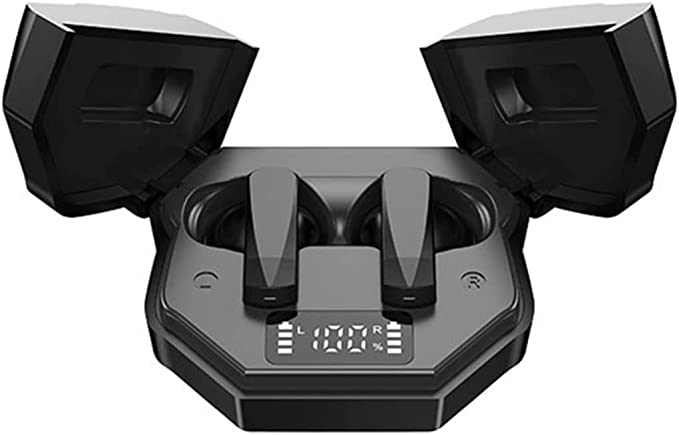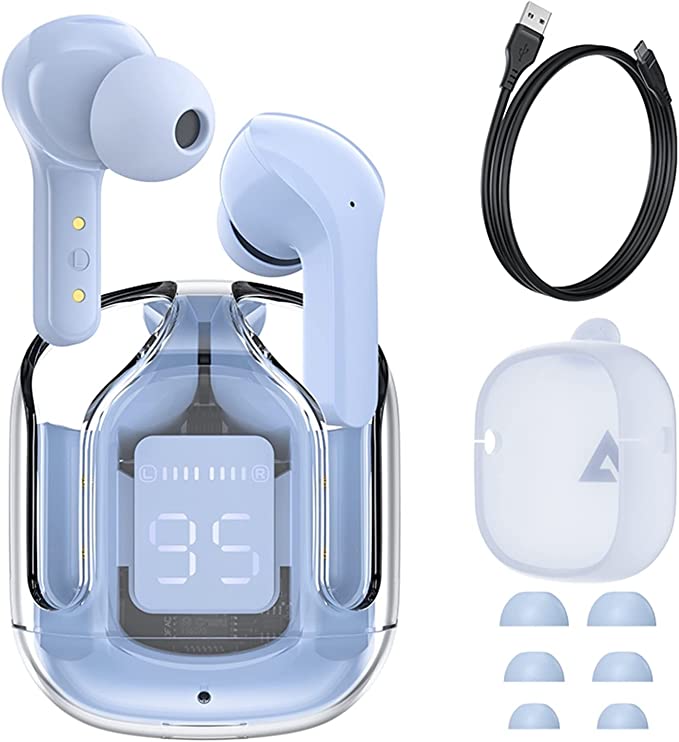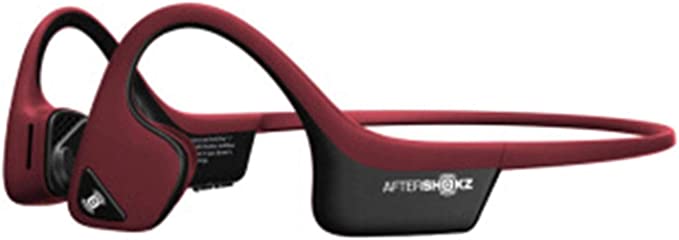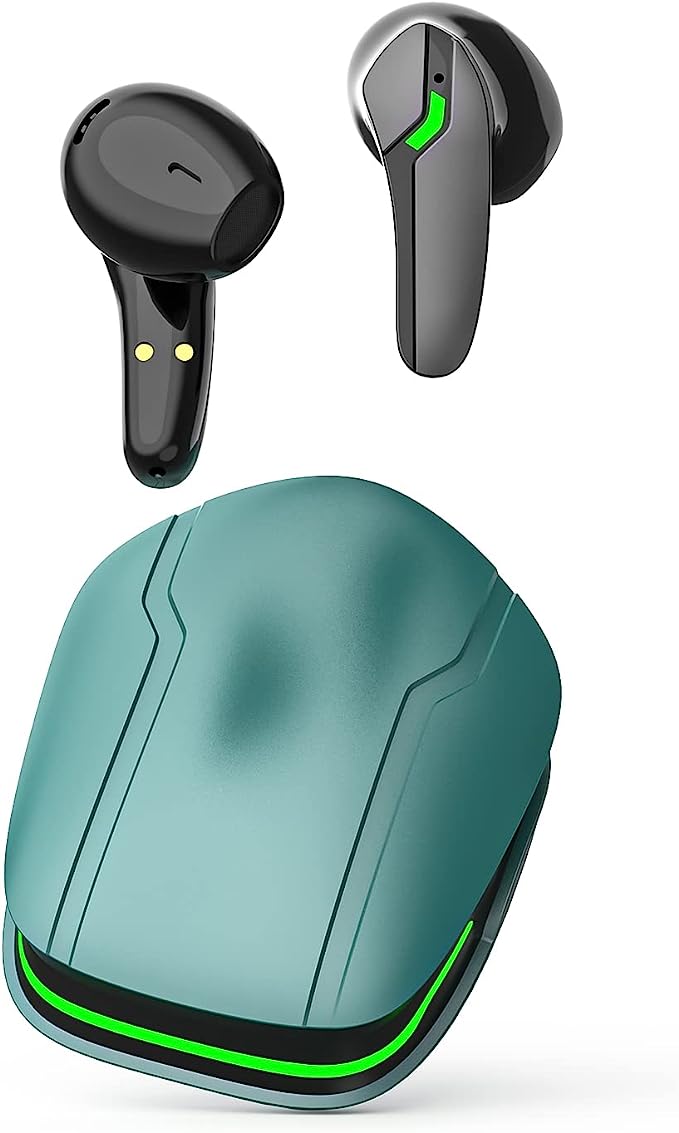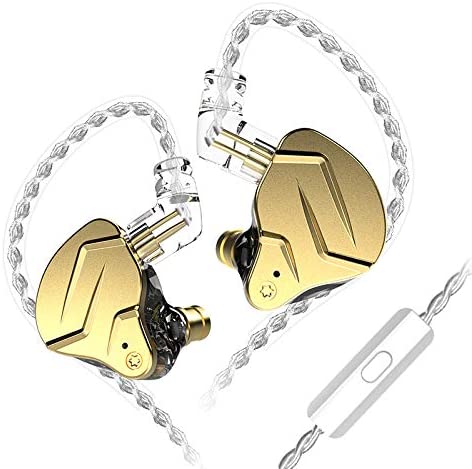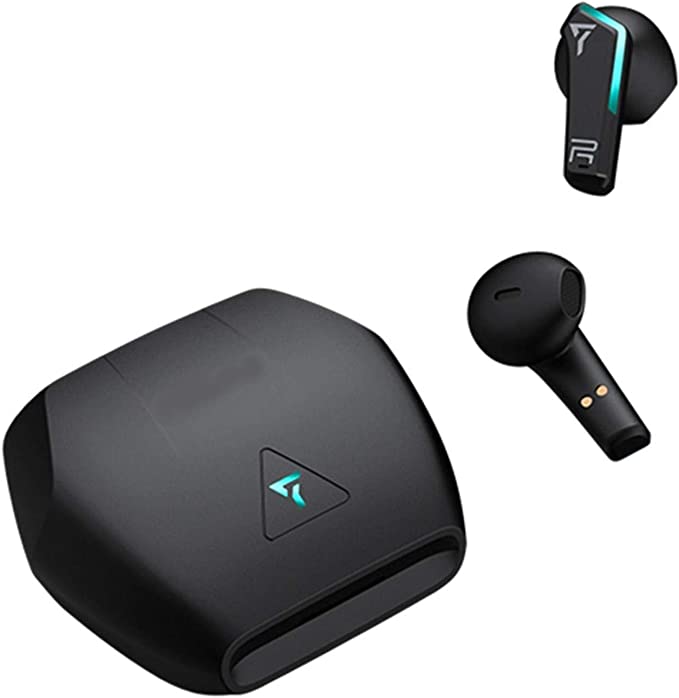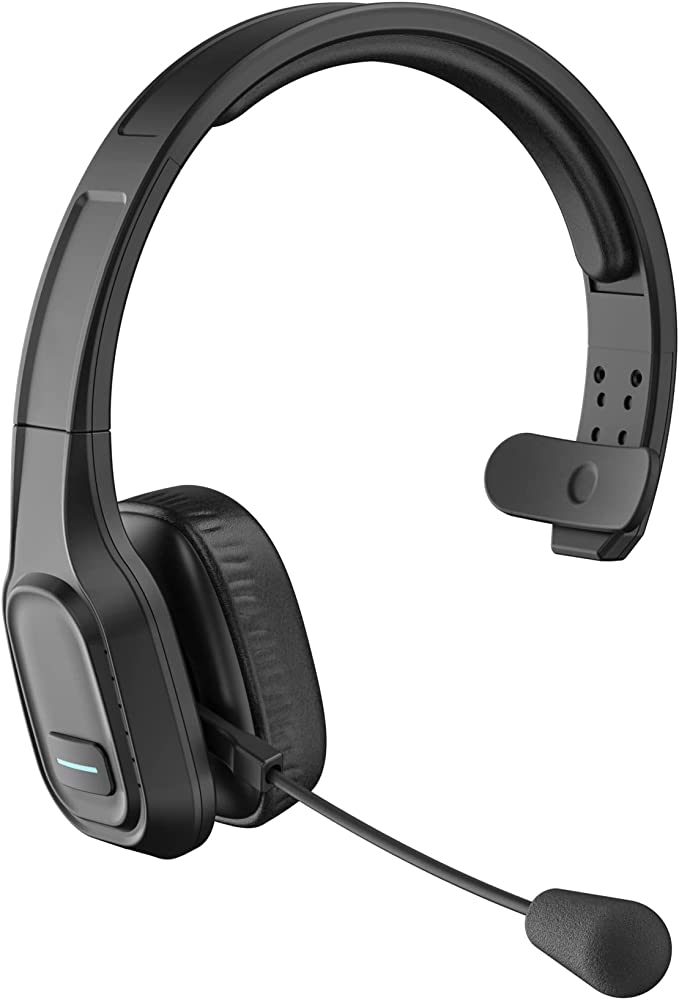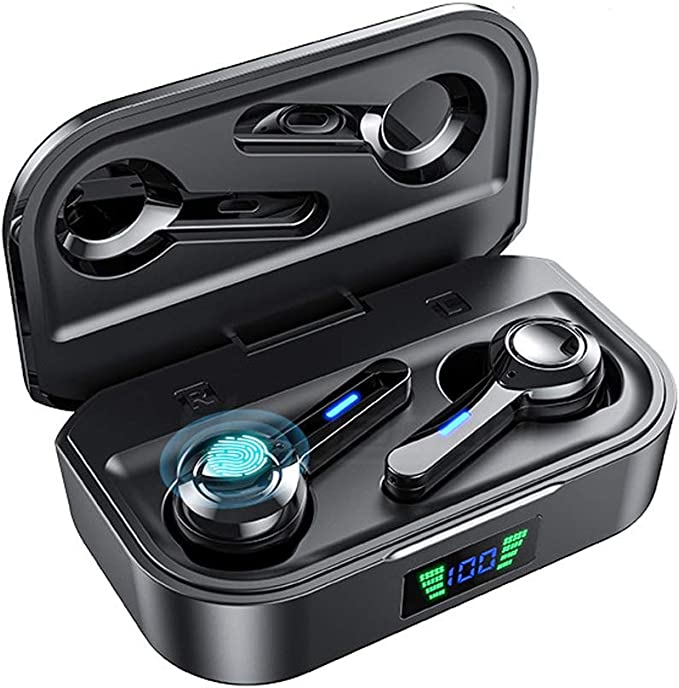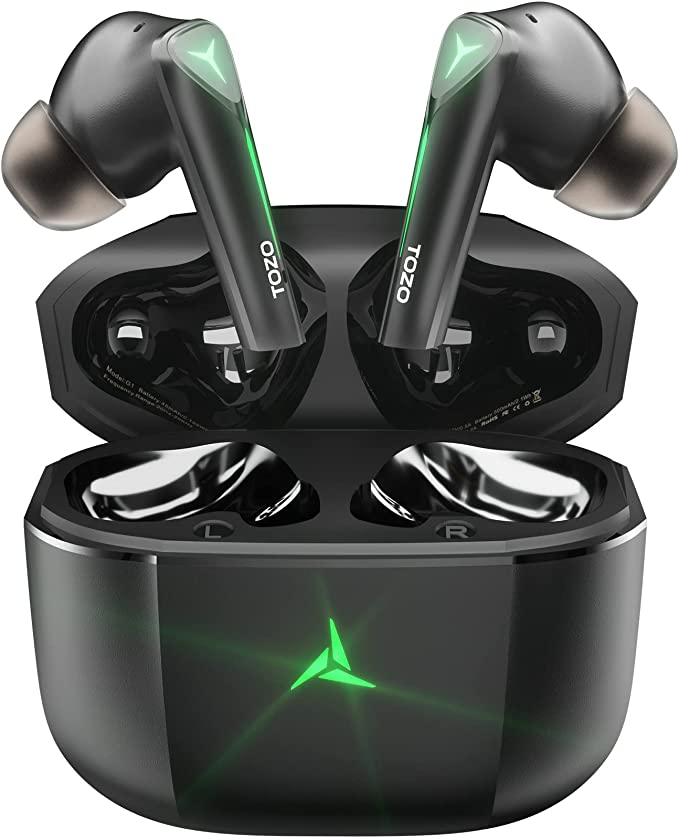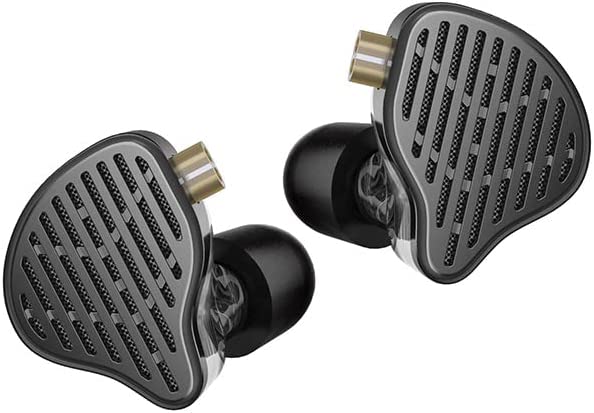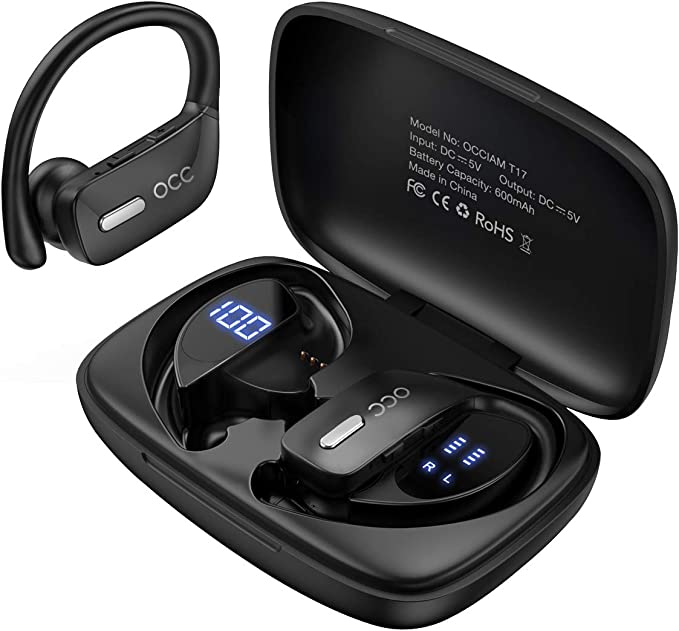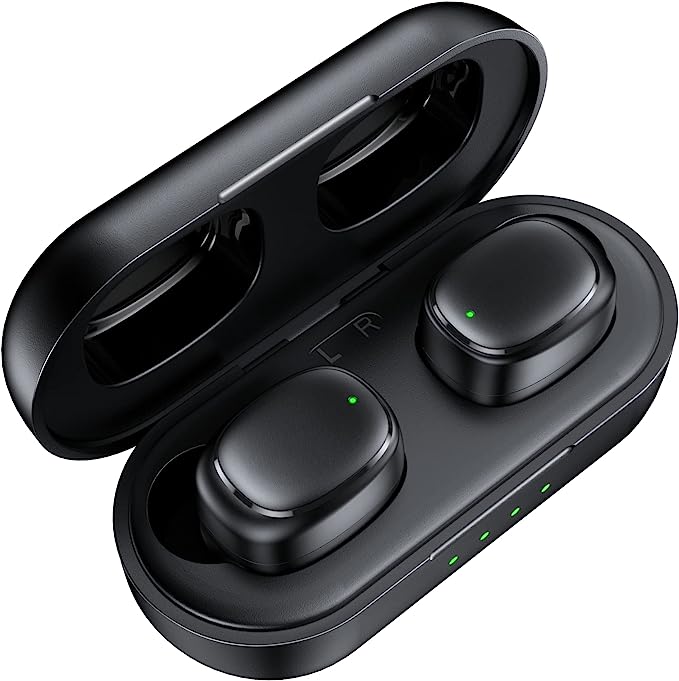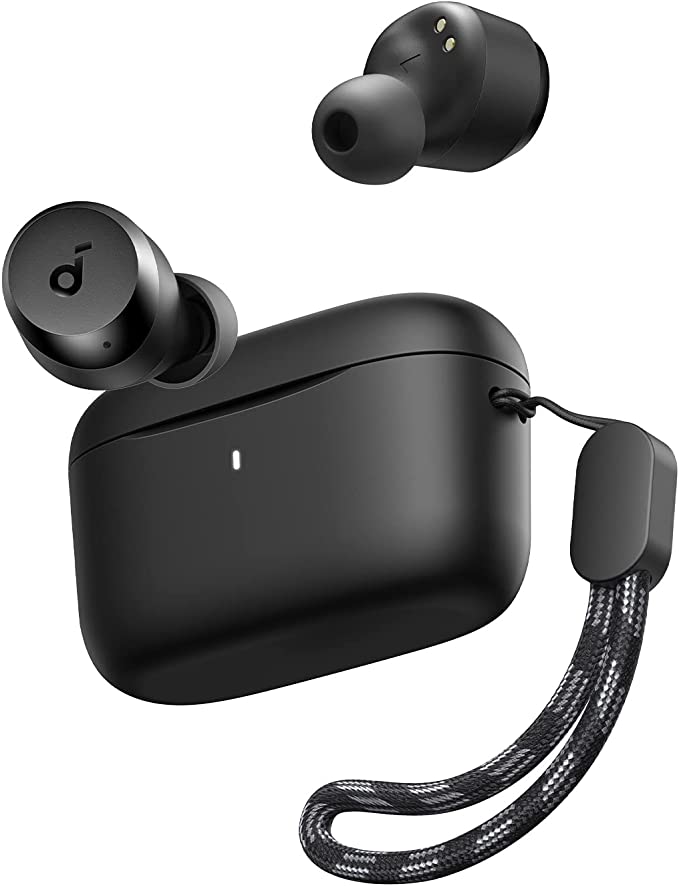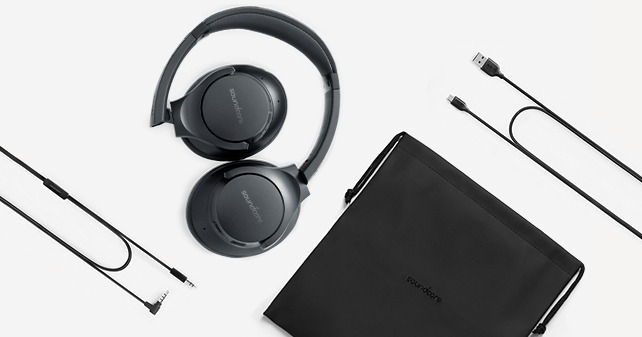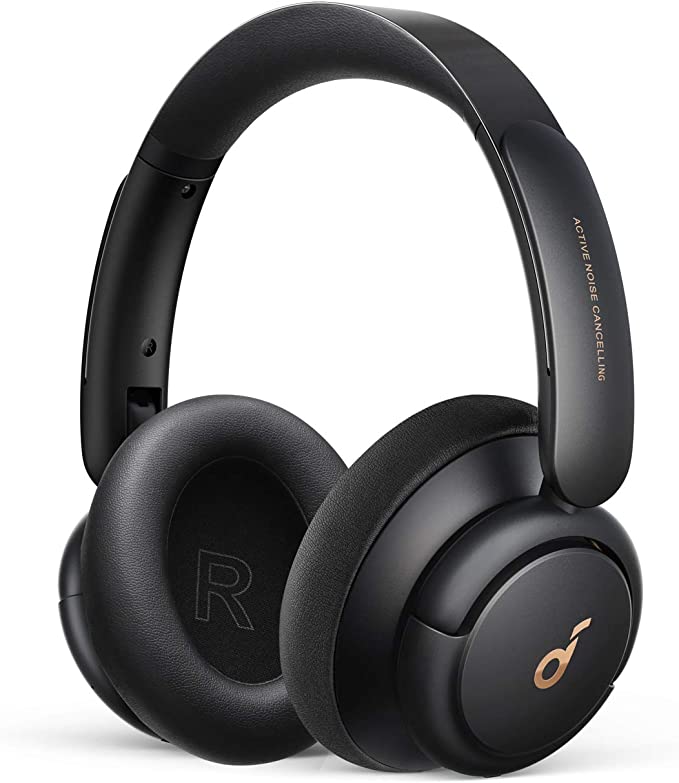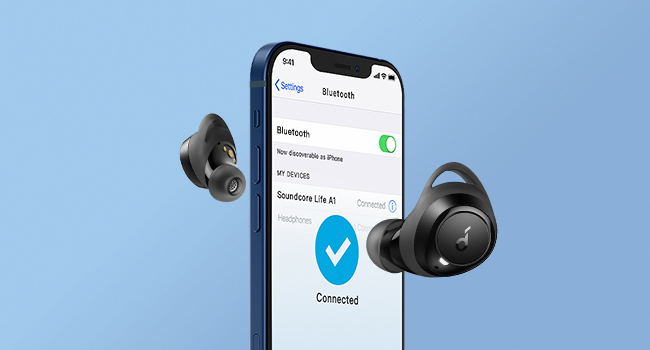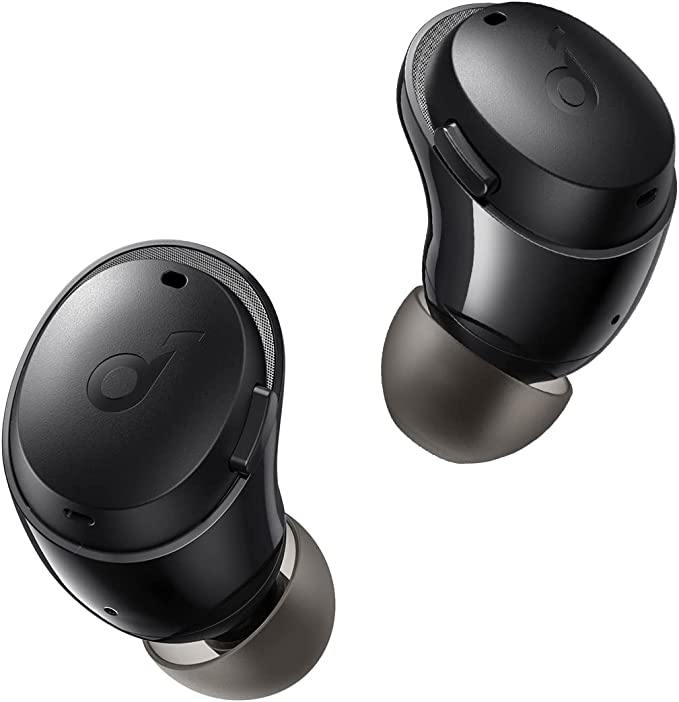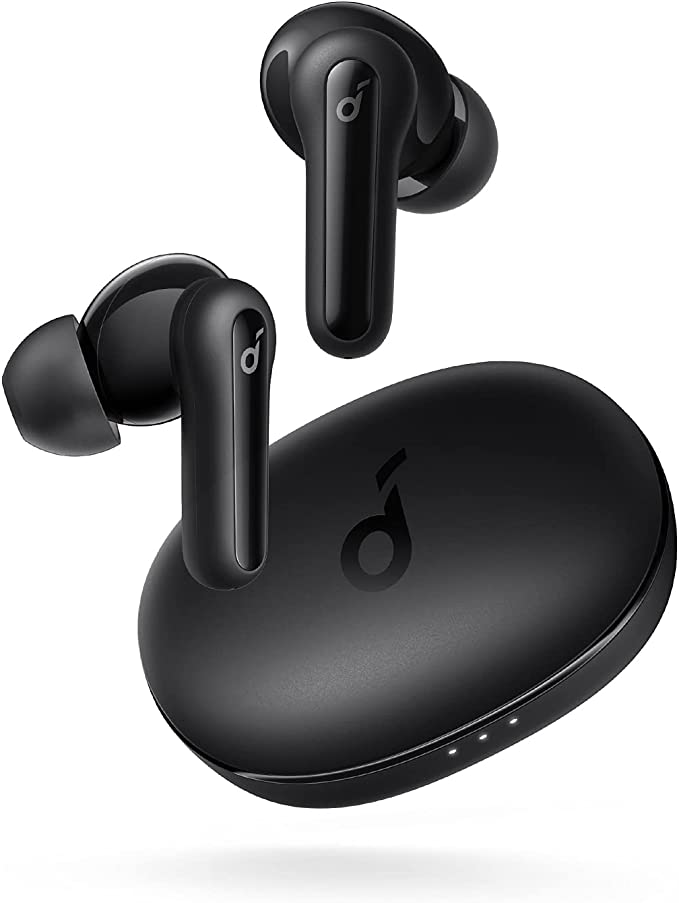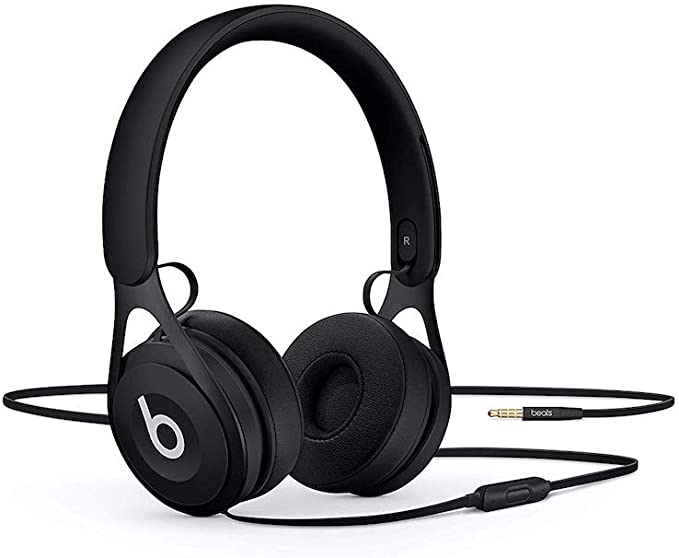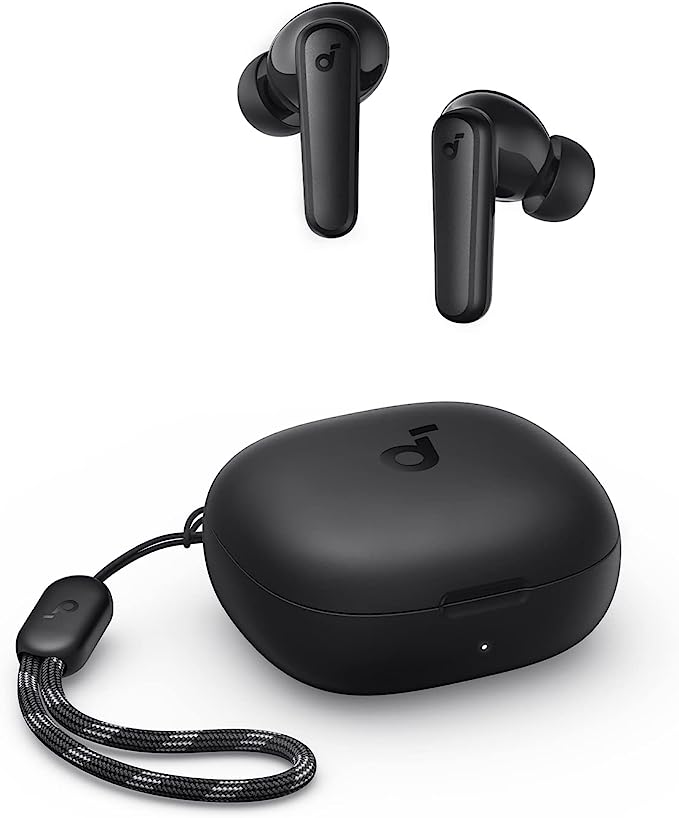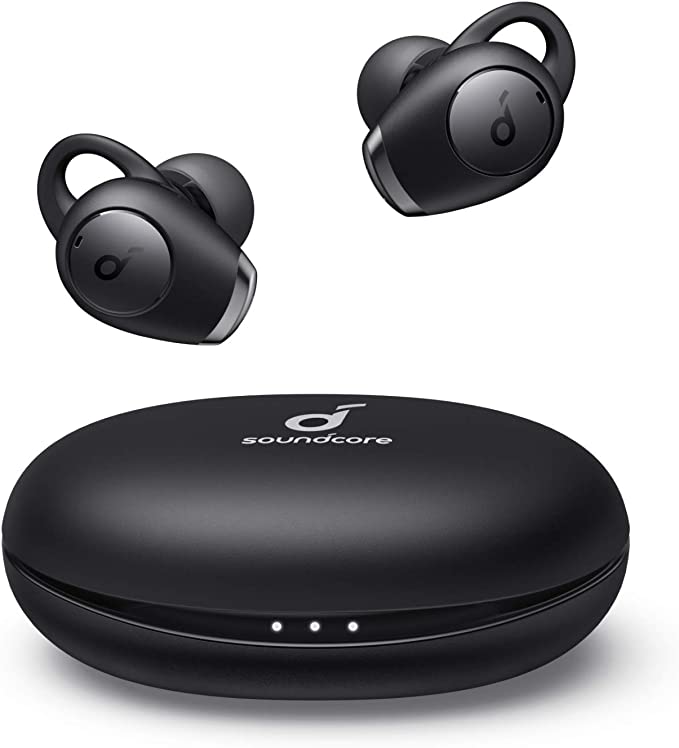Audio-Technica ATH-M50xSTS-USB: Studio Sound for Streamers and Gamers
Update on Feb. 22, 2025, 4:49 a.m.
The Quest for Clarity: Why Sound Matters in the Digital Age
In our increasingly interconnected world, clear communication is paramount. Whether you’re joining a virtual meeting, leading a live stream, or coordinating with teammates in a fast-paced game, the ability to hear and be heard without distortion or interference is no longer a luxury—it’s a necessity. But what is clear audio, exactly? And how can a seemingly simple device like a headset make such a profound difference? It all comes down to the science of sound.

Sound Waves 101: A Quick Primer
Before we delve into the specifics of the Audio-Technica ATH-M50xSTS-USB, let’s take a moment to appreciate the fundamental nature of sound. Sound, in its most basic form, is a vibration that travels through a medium, such as air, water, or even solid objects. These vibrations create waves, much like the ripples that spread across a pond when you toss in a pebble.
These sound waves have two key properties: frequency and amplitude. Frequency, measured in Hertz (Hz), refers to the number of vibrations per second. A higher frequency corresponds to a higher-pitched sound (like a whistle), while a lower frequency corresponds to a lower-pitched sound (like a bass drum). Amplitude, on the other hand, relates to the intensity or “loudness” of the sound. The larger the amplitude, the louder the sound.
The Human Ear: A Marvel of Natural Engineering
Our ears are incredibly sophisticated instruments, designed to capture these vibrations and translate them into the sounds we perceive. When sound waves enter the ear canal, they cause the eardrum to vibrate. These vibrations are then transmitted through three tiny bones in the middle ear (the malleus, incus, and stapes) to the cochlea, a fluid-filled, snail-shaped structure in the inner ear.
Inside the cochlea, thousands of tiny hair cells convert these vibrations into electrical signals. Different hair cells are sensitive to different frequencies, allowing us to distinguish between a wide range of sounds. These electrical signals are then sent to the brain via the auditory nerve, where they are interpreted as sound. The human ear is typically capable of hearing sounds between 20 Hz and 20,000 Hz (20 kHz), although this range can vary with age and exposure to loud noises. Interestingly, our sensitivity to different frequencies isn’t uniform. We’re most sensitive to sounds in the range of 2 kHz to 5 kHz, which is crucial for understanding speech.
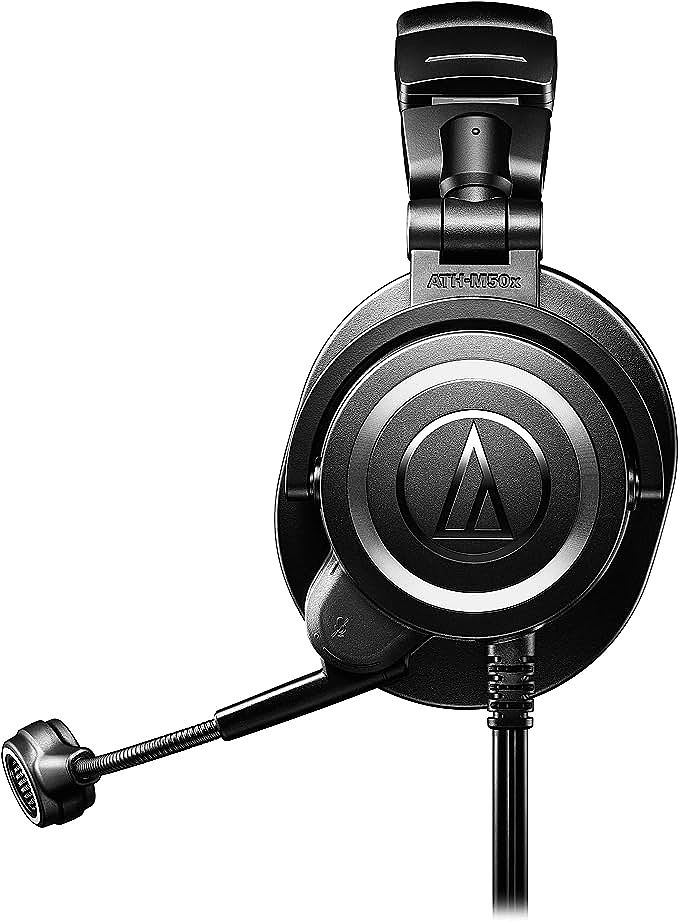
Decoding “Clear Audio”: Frequency, Amplitude, and Beyond
Now that we have a basic understanding of sound and hearing, let’s explore what makes audio “clear.” Several factors contribute to the clarity of reproduced sound:
- Frequency Response: This refers to the range of frequencies a device (like a headphone or microphone) can accurately reproduce. A wider, flatter frequency response generally indicates a more faithful reproduction of the original sound. A “flat” response means that the device reproduces all frequencies at roughly the same level, without emphasizing or de-emphasizing any particular range.
- Signal-to-Noise Ratio (SNR): This is the ratio of the desired signal (e.g., your voice) to the background noise. A higher SNR means that the desired signal is significantly louder than the noise, resulting in clearer audio. Imagine trying to have a conversation in a crowded restaurant versus a quiet library – the library has a much higher SNR.
- Total Harmonic Distortion (THD): No audio device is perfect; they all introduce some degree of distortion. THD measures the amount of unwanted harmonic frequencies added to the original signal. Lower THD means the sound is cleaner and more accurate. Think of it like a slightly blurry photo versus a perfectly sharp one – the blurry photo has higher “distortion.”

Inside the ATH-M50xSTS-USB: A Deep Dive into Acoustic Excellence
The Audio-Technica ATH-M50xSTS-USB StreamSet is designed to excel in all these areas, providing a combination of high-fidelity listening and crystal-clear vocal capture. It achieves this through a careful combination of headphone design, microphone technology, and digital audio processing.
The Drivers: How Headphones Create Sound
The heart of any headphone is its driver, the component that converts electrical signals into sound waves. The ATH-M50xSTS-USB utilizes 45mm dynamic drivers. Dynamic drivers are the most common type of headphone driver, and they work on the principle of electromagnetism.
Here’s how it works:
- Electrical Signal: An electrical audio signal from your computer (via the USB connection) is sent to the driver.
- Voice Coil: This signal flows through a coil of wire (the voice coil) that is attached to a diaphragm.
- Magnetic Field: The voice coil sits within a magnetic field created by a permanent magnet (in this case, a rare earth magnet).
- Movement: When the electrical signal passes through the voice coil, it creates a fluctuating magnetic field. This interacts with the permanent magnet’s field, causing the voice coil (and the attached diaphragm) to move back and forth.
- Sound Waves: This movement of the diaphragm creates pressure waves in the air – sound waves!
The large 45mm size of the drivers in the ATH-M50xSTS-USB allows them to move more air, resulting in a wider frequency response and deeper bass. The copper-clad aluminum wire voice coils are lightweight yet highly conductive, contributing to the accuracy and detail of the sound. The over-ear, closed-back design of the earcups also helps to isolate the listener from external noise, further enhancing clarity.
The Microphone: Capturing Your Voice with Precision
While the headphones ensure you hear everything clearly, the microphone is equally crucial for ensuring you’re heard. The ATH-M50xSTS-USB features a condenser microphone based on Audio-Technica’s renowned 20 Series. Condenser microphones are favored in studio settings for their sensitivity and detail.
Crucially, this microphone utilizes a cardioid polar pattern. This means it’s most sensitive to sound coming from directly in front of it, while rejecting sound from the sides and rear. But how does it achieve this directional magic?
The secret lies in wave interference. A cardioid microphone capsule has openings at both the front and the rear. Sound waves arriving from the front reach the diaphragm directly. Sound waves arriving from the rear, however, have to travel a slightly longer path to reach the diaphragm. This difference in path length creates a phase difference, causing the sound waves from the rear to partially cancel each other out. The result is a heart-shaped (hence “cardioid”) sensitivity pattern that focuses on the sound you want to capture (your voice) while minimizing unwanted background noise.
The flexible boom arm allows for precise microphone placement, further optimizing sound capture. And, with a simple flip, you can mute the microphone instantly – a convenient feature for streamers and anyone who needs quick control over their audio.

The USB Connection: A Digital Bridge to Clarity
Unlike traditional analog headsets that plug into a 3.5mm jack, the ATH-M50xSTS-USB connects via USB. This isn’t just a matter of convenience; it has significant implications for audio quality.
When you use an analog headset, the digital audio signal from your computer must be converted to an analog signal by your computer’s built-in sound card. These built-in sound cards are often of lower quality and can be susceptible to interference from other components within the computer.
The ATH-M50xSTS-USB, however, has its own built-in digital-to-analog converter (DAC). This high-quality DAC takes the digital audio signal directly from your computer and converts it to analog, bypassing the potentially noisy environment of your computer’s internal sound card.
Furthermore, the ATH-M50xSTS-USB supports a sampling rate of up to 24-bit/96 kHz. To understand what this means, let’s break it down:
- Sampling Rate: This refers to how many times per second the analog sound wave is “sampled” and converted into digital data. A higher sampling rate captures more snapshots of the sound wave, resulting in a more accurate representation. 96 kHz means 96,000 samples per second.
- Bit Depth: This refers to the amount of information stored in each sample. A higher bit depth allows for a wider dynamic range (the difference between the quietest and loudest sounds) and lower noise. 24-bit audio provides a significantly wider dynamic range than the 16-bit audio commonly used in CDs.
Together, 24-bit/96 kHz audio provides a level of detail and fidelity that goes beyond standard audio, capturing more of the nuances of your voice and the sounds around you.
Sidetone: Natural Communication
The ATH-M50xSTS-USB includes a crucial feature often overlooked in headsets: sidetone. Sidetone is the feedback of your own voice that you hear in your headphones while you’re speaking. While it might seem simple, sidetone plays a critical role in natural communication.
Without sidetone, the occlusion effect – the sensation of your own voice sounding muffled and unnatural when wearing headphones – can make it difficult to judge your speaking volume and clarity. You might end up speaking too loudly or straining your voice without realizing it. Sidetone provides real-time auditory feedback, allowing you to speak at a comfortable and natural level, improving the overall communication experience.

Beyond the Specs: Digital Signal Processing (DSP)
While the core components of the ATH-M50xSTS-USB are responsible for its excellent audio quality, digital signal processing (DSP) also plays a subtle but important role. DSP refers to the use of digital algorithms to manipulate audio signals.
In the case of the ATH-M50xSTS-USB, DSP might be used for subtle enhancements like equalization (adjusting the balance of different frequencies) or dynamic range compression (reducing the difference between the loudest and quietest sounds). These processes can further refine the audio, ensuring optimal clarity and intelligibility.
A Legacy of Sound: The History of the M50 Series
The ATH-M50xSTS-USB builds upon the legacy of Audio-Technica’s acclaimed M50 series headphones. Originally introduced in 2007, The M50 quickly became a favorite in professional audio circles, praised for their accurate sound reproduction, durability, and comfort. The original ATH-M50 was not specifically designed as a communication headset; it was primarily intended for studio monitoring and critical listening. The “x” in ATH-M50x, introduced in 2014, denotes a detachable cable, an upgrade from the original fixed-cable design. The ATH-M50xSTS-USB represents a natural evolution of the M50 series, adapting its renowned audio quality to the demands of modern communication and content creation.
Conclusion: The Science of Sound, Simplified
The Audio-Technica ATH-M50xSTS-USB StreamSet is more than just a headset; it’s a carefully engineered combination of acoustic principles and digital technology. From the physics of sound waves to the intricacies of human hearing, from the mechanics of dynamic drivers to the magic of cardioid microphones, the ATH-M50xSTS-USB brings together a wealth of scientific understanding to deliver a superior audio experience. It’s a testament to how a deep understanding of sound can be harnessed to improve the way we communicate, create, and connect in the digital age.




